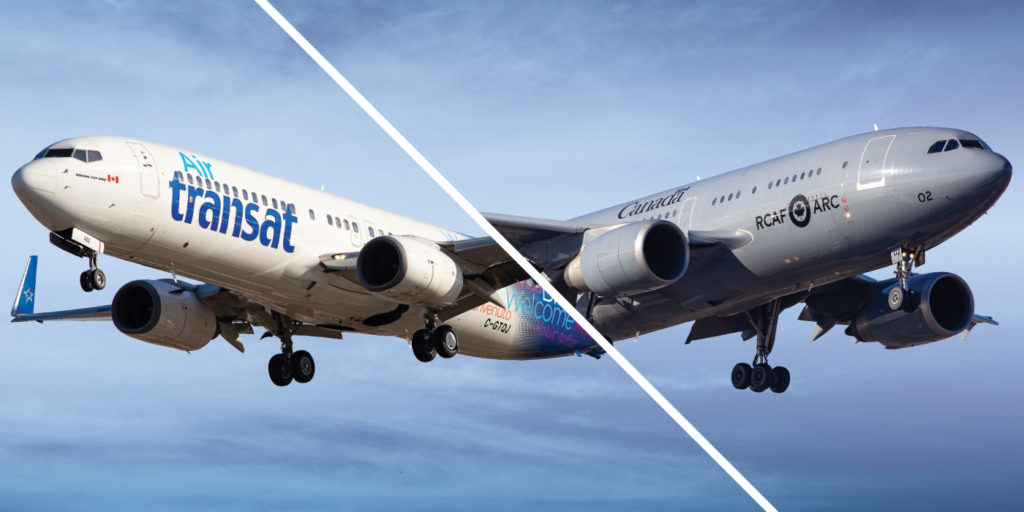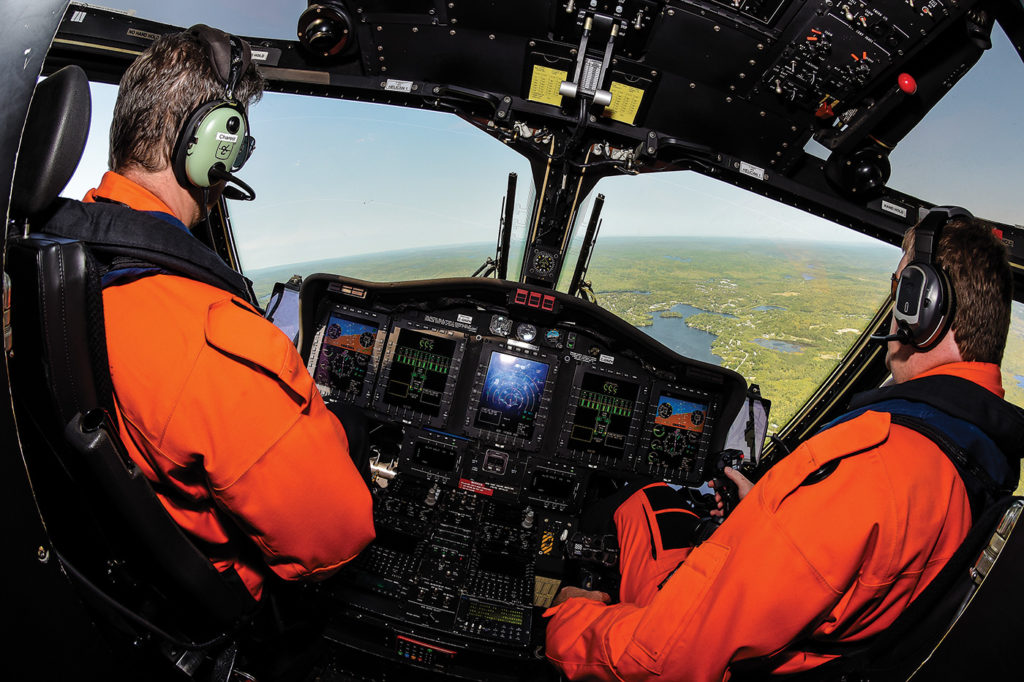Estimated reading time 7 minutes, 20 seconds.
Old habits die hard. After 28 years of service with the Royal Canadian Air Force (RCAF), I had become accustomed to snapping to attention in the doorway of a superior’s office and waiting for him or her to permit me to enter.

So, on the first day of work as a civilian in Canada’s aviation sector, my military muscle memory did not fail me as I subconsciously snapped to attention in the doorway of my new CEO’s office.
“What are you doing?” was the quizzical acknowledgement – instead of the crisp and recognizable “Enter,” to which I was accustomed. Like Dorothy and her dog, Toto, in The Wizard of Oz, it was clear that I was no longer working in my familiar khaki-coloured Kansas!
Initially, leaving the RCAF and starting a new job seemed like any other military posting – there were moving trucks, and a long drive to the new place of employment. It all felt familiar, but at the end of this rainbow was a work experience that was both known – with its hangars, aircraft and flight crews – and unknown, with no uniforms and not a single “sir” heard in the workplace.
My transition to civilian life was hastier than I would recommend. The old maxim, “An ounce of preparation is worth a pound of cross-check,” is a truth universally acknowledged in military aviation. However, in my case, my departure happened several years earlier than expected because of an employment offer that could not be refused.
And, while the Canadian Armed Forces (CAF) offers career transition planning assistance in the form of the Second Career Assistance Network (SCAN) program, the most important lesson I learned about my transition was that its timing was unexpected.
As a flying instructor, I would tell my students to expect the unexpected, but I erroneously assumed that I would leave the RCAF after a minimum of 30 years of service. As a result, my departure plan was not ready for execution when it was ultimately needed. My advice to members of the CAF and RCAF approaching the end of their military service is to ensure their departure plan is formulated and ready to implement five years prior to their expected retirement. This will enable them to be ready for unexpected opportunities which may arise.

To aid that transition, recent changes in military pension administration mean that departing members can reasonably expect to receive their first pension cheque approximately 30 days after their last day of terminal leave. This was certainly true in my case, and anecdotal evidence from other retirees supports this observation. Gone are the days of waiting five or six months to receive pension benefits.
While this positive change may have the unintended consequence of easing the decision to leave the CAF, hopefully we have seen the last veteran leave after decades of service only to be unable to make ends meet while enduring a seemingly-interminable wait to receive pension benefits.
Having landed a new job and made the decision to depart, however, former military members will undoubtedly find their years of service have prepared them well for civilian employment. For those who trade a military cockpit for a civilian flight deck, the complexity and depth of the Canadian Aviation Regulations (CARs) will leave them longing for the familiarity of National Defence, Air Division, Wing, and Squadron flying orders. For the most part, though, former military pilots will recognize and welcome the familiar feeling of being in a cockpit and doing the job they love.
Many military pilots will feel secure knowing they have received some of the finest flight training the world has to offer. However, some individuals entering commercial service may discover their experience with operations to-and-from uncontrolled airports that was, for many military pilots, only practiced annually on an instrument rating test, is somewhat lacking.
This won’t be true for all pilots of course – some military flying communities are very familiar with these procedures. But for those who have flown instrument flight rules (IFR) from controlled airport to controlled airport, widespread use of 126.7 MHz as a common frequency for traffic deconfliction, even when operating in controlled airspace, will seem like some sort of mysterious and unfamiliar art!
In most cases, RCAF pilots departing the service for civilian employment are in demand and will have multiple opportunities available to them. The larger Canadian carriers will require pilots to take a substantial pay cut from their service salaries for the first few years; and while a pay cut can be difficult, the backstop of a military pension and the lure of future salaries much higher than those commanded in military service will be compelling. Senior officers and flying supervisors may find their years of operational experience are in demand for positions as managers at small- to medium-sized companies with salaries comparable to their military pay scales, with pensions included. These pilots could see a 50 per cent pay increase overnight.

Location stability and the potential for an increased standard of living will almost certainly make up for the significant sadness that many RCAF pilots experience when leaving the service.
Most pilots will make the transition to civilian life with ease, but for those who need assistance, it is comforting to know that organizations like the Royal Canadian Legion are available. While some younger veterans may view it as an organization from their parents’ generation, the Legion offers newly-retired veterans many services that should not be overlooked, including assistance with negotiating the bureaucracy of Veterans Affairs Canada (VAC).
Also, VAC offers many great programs too – including up to $80,000 in education and training benefits available to members who release from the RCAF and enrol in the Supplementary Reserve. Visiting a local Legion and VAC office is strongly recommended for all retirees.
The camaraderie and common experiences of RCAF pilots are special and you may find yourself wishing for that sense of belonging post-release. My advice is to join the local Mess as an associate, if your location permits. A military career offers experiences that are far beyond those obtained in civilian aviation. My personal book of short stories contains a memorable near drowning incident that happened on an advanced survival course. I clearly remember thinking as the freezing water from a Manitoba river filled my flying boots, “Wow, I didn’t think I was going to go out like this.”
There are other great moments, like flying a 22-jet formation with the Canadian Forces Snowbirds and Red Arrows, ferrying troops in and out of Afghanistan and, of course, flying the future King of England across the country.
So, notwithstanding the occasional reversion to military memories, retiring RCAF pilots are sure to look back and realize that the 1980s recruiting slogan was absolutely true – there really is “no life like it.”

